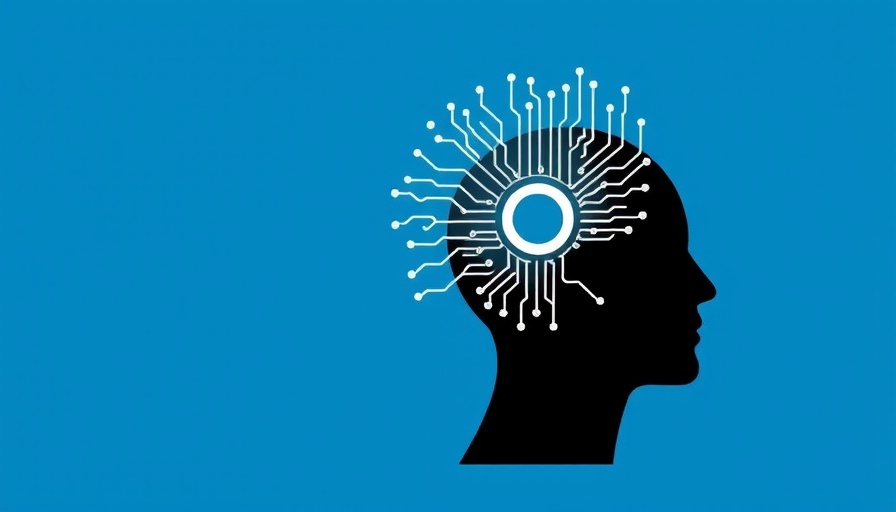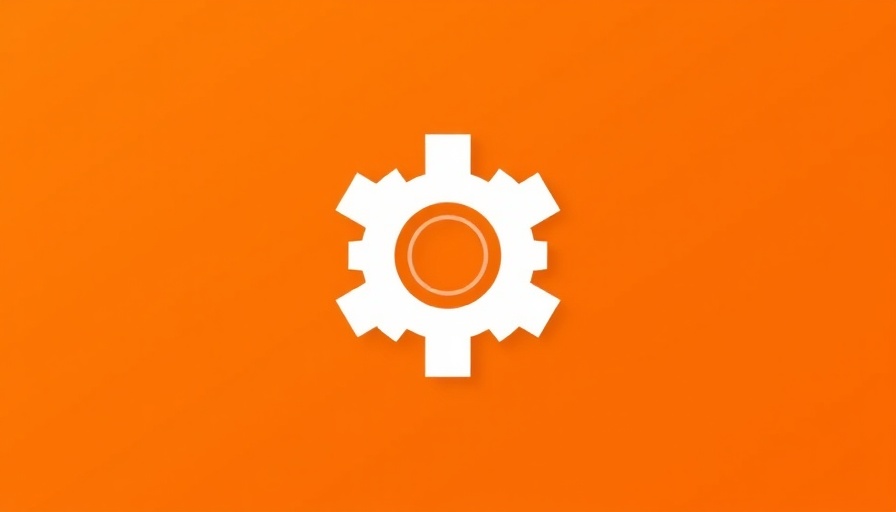
Transforming Workforce Management: How IT Becomes the New HR for AI Agents
As artificial intelligence matures, it’s reshaping the landscape of enterprises, turning traditional workforce management on its head. A concept called agentic AI is emerging as a significant force within organizations, requiring a new approach to how we think about both human and artificial resources.
Understanding Agentic AI: Beyond Automation
At the heart of this transformation is agentic AI, which transcends traditional automation. While standard systems might perform repetitive tasks, agentic AI is intelligent, contextual, and capable of making decisions that traditionally only humans could handle. This evolution means that IT departments will soon take on roles reminiscent of human resources, responsible not just for tech support, but for acquiring, onboarding, and managing AI agents.
For instance, panelists at Deloitte's Mobile World Congress emphasized how agentic architectures parallel the early days of microservices. Instead of monolithic applications, enterprises are now adopting modular, independent AI agents that can quickly adapt to varying workloads. Bryan Thompson from HPE pointed out that agentic AI brings complex workflows together, much like how microservices integrate various functionalities in tech. This approach increases flexibility and efficiency and enables organizations to respond to market changes faster than ever before.
IT Takes the Lead: The New Face of Management
With AI agents performing functions alongside human employees, IT departments are evolving into the frontline managers of these digital entities. "Human capital management and agentic AI capital management are essentially the same," noted Fred Devoir from Nvidia. The role of IT now extends beyond maintaining infrastructure to curating and training AI assistants, ensuring they meet organizational needs.
This shift allows human resources to focus on higher-level strategic decisions while entrusting the operational tasks to AI. This concept is crucial, especially considering the efficiency gains of up to tenfold in hiring processes, as highlighted in another article on the impact of agentic AI in HR. While traditional HR methods can consume over 65 days to hire, AI can streamline the hiring process significantly, automating routine tasks and minimizing time spent on administrative functions.
The Balance of Human and AI Workforces
The blended workforce of human employees and AI agents will introduce exciting opportunities. As organizations adapt, there's potential for improved collaboration, where human insight enriches AI capabilities and vice versa. Agentic AI can analyze vast datasets and identify patterns, aiding HR professionals in making informed decisions based on quantitative assessments rather than gut feelings. Companies like Eightfold leverage this AI-driven approach to enhance their recruiting processes, ensuring better talent matches while continuously learning and adjusting.
However, the integration of AI also raises questions about equity and bias in hiring decisions. Organizations must be vigilant to implement solutions that monitor AI outputs for bias, promoting fair hiring practices across the board. As agentic AI grows ever more prevalent, it is essential to maintain awareness and transform these tools into allies rather than risks.
Future Trends in AI and Workforce Management
The emergence of agentic AI signifies a pivotal moment in workforce dynamics. As AI becomes more sophisticated, we can expect a rise in talent acquisition capabilities where AI agents will handle initial screenings, schedule interviews, and assess candidates with incredible accuracy. These advancements can reshape the hiring landscape for organizations looking to adapt to fast-evolving market demands.
Moreover, ongoing development in agentic AI will likely enhance employee engagement through personalized learning and development pathways, providing tailored experiences based on individual preferences and career trajectories. This kind of targeted intervention can improve job satisfaction and retention rates, further solidifying the role of AI as a critical partner in workplace culture.
Conclusion: Embracing the Change
As the line between traditional human resources and IT begins to blur with the rise of agentic AI, it’s essential for professionals in both domains to embrace these changes. By adapting to new models of workforce management, organizations can harness the full potential of both their human and AI talent. The future of work may be uncertain, but one thing is clear: the integration of AI agents into the workforce represents an exciting new frontier.
If you’re ready to rethink your workforce management strategies and harness the power of AI agents, now is the time to act. The future is not just about embracing technology, but also about evolving talent management for the digital age.
 Add Row
Add Row  Add
Add 




 Add Row
Add Row  Add
Add 

Write A Comment